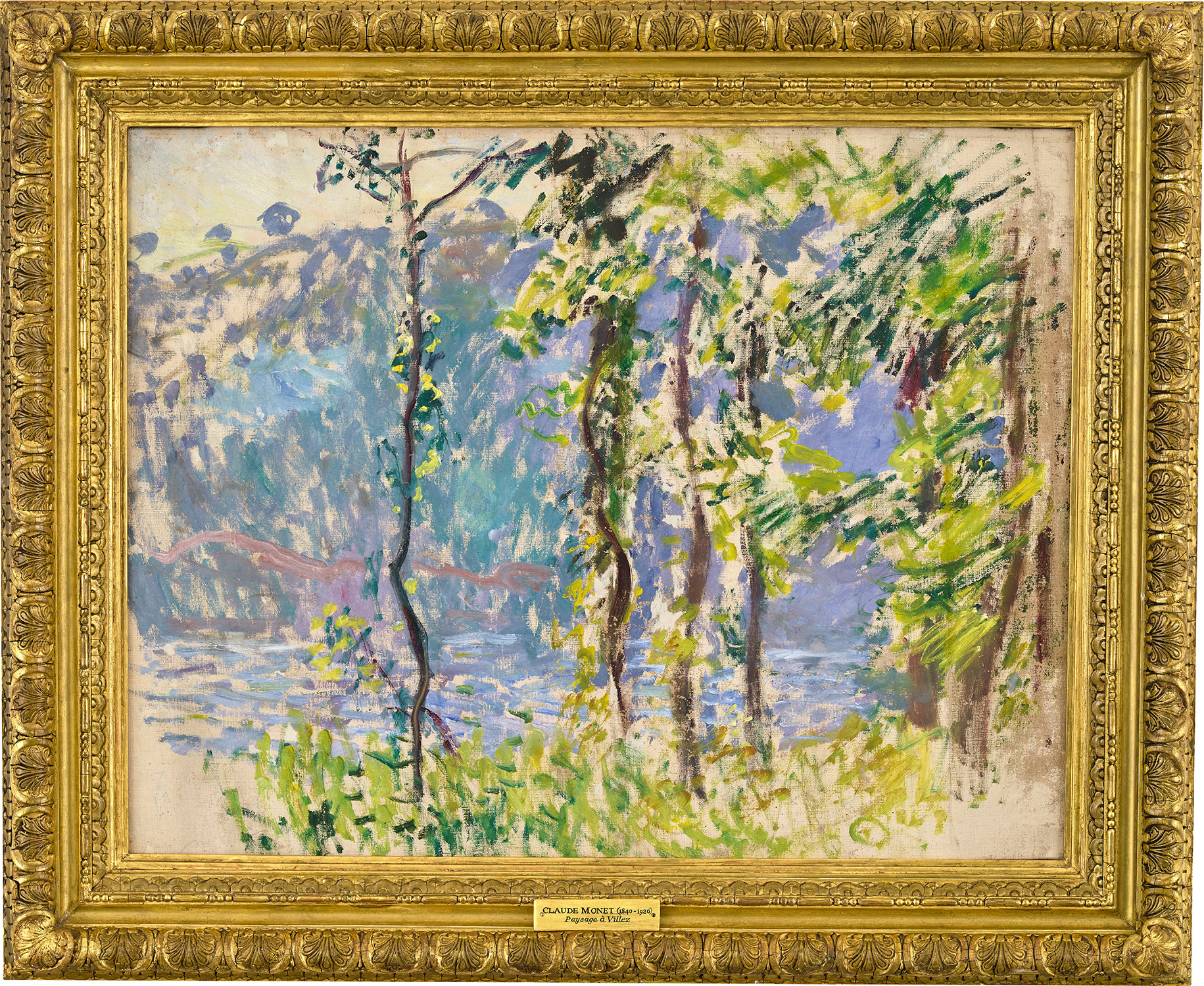



PROPERTY FROM AN IMPORTANT ASIAN COLLECTION
19
Claude Monet
Paysage à Villez
oil on canvas
60.3 x 78.8 cm. (23 3/4 x 31 in.)
Painted circa 1883, this work is accompanied by an opinion letter issued by the Wildenstein Institute in 2010.